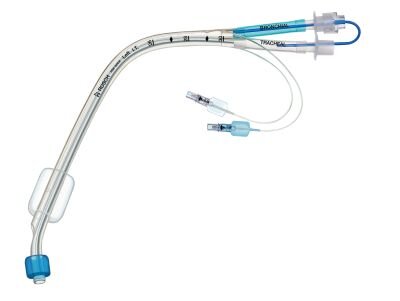The not so new 2021 Curriculum
The ‘new’ curriculum
This was implemented on the 4th August 2021. It entails both a change to the stages of the training program, a change in the way trainees are assessed and a change in the named areas we are assessed on.
The full philosophy for the new curriculum can be found at (https://rcoa.ac.uk/training-careers/training-anaesthesia/2021-anaesthetics-curriculum/2021-curriculum-philosophy).
In order to comply with the GMC guidance the areas we are assessed on are 14 domains, divided into 7 ‘generic professional capabilities’ and 7 speciality outcomes.
For a quick link to the documents which outline what is expected to complete HALOs across the region, this is the link and scroll to the bottom of the page.
structure
Specialty outcomes
There are 7 specialty outcomes, which are clinical capabilities / areas. Each domain has a stage learning outcome, which is a brief explanation of the overall level required for this domain to be completed relevant to that stage of training.
This is then further broken down into key capabilities, which can differ between stages of training and have an associated level of competence expected for that stage of training. Each of these key capabilites have suggestions about what should be used to evidence them.
The principle of progression through the stages is that you will learn to anaesthetise increasingly complex patients, for increasingly complex surgery, with decreasing supervision.
As an example within the HALO ‘general anaesthesia’: the expected learning outcome for a stage 1 trainee is to ‘provide safe and effective general anaesthesia with distant supervision for patients undergoing emergency and elective surgery in a district hospital setting’. However for a stage 2 trainee the expected learning outcome is ‘Provides safe and effective general anaesthesia with distant supervision for ASA 1 - 3 patients undergoing non-complex elective and emergency surgery within all settings’.
An important aspect of the assessment is the change from CUTs (Completion of Unit of Training) to HALOs (Higher Level Outcomes). This requires a shift of approach from a more tick box assessment to a documentation of a learning journey. Please see the section ‘SLEs, Key Capabilities and HALOs for more details, on the LLP page.
There is still uncertainty as to what evidence is required for a HALO to be signed off, and when to get them signed off. A general guide to signing off HALOs, specific to Thames Valley, can be found by clicking this link here. For more guidance and specific HALO guidance, please see LLP help.
STAGE 1 trainees
Click below for information relevant to CT1, CT2, CT3 and ST3 trainees.
STAGE 2 trainees
Click below for information relevant to ST4 and ST5 trainees.
STage 3 trainees
Click here for information relevant to ST6 and ST7 trainees.



